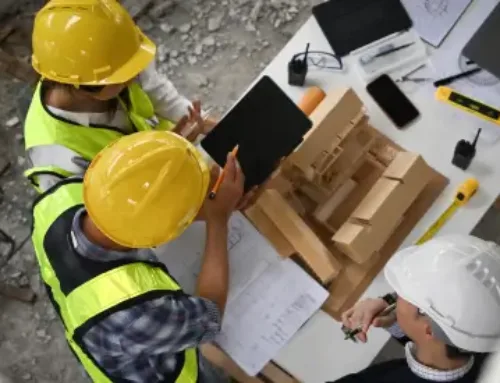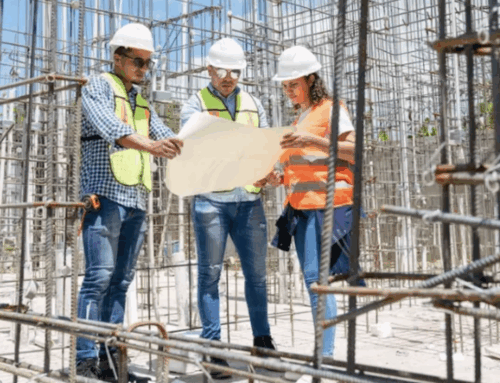Infrastructure projects—whether sprawling highways, cutting-edge airports, or iconic bridges—are among the most challenging undertakings in the AEC (Architecture, Engineering, and Construction) industry. Their scale, complexity, and impact mean that the success or failure of these projects can define reputations, influence communities, and even shape regional economies.
Over the years, seasoned project teams have distilled invaluable lessons from navigating these challenges. Here’s what they’ve learned.
- Early Collaboration Is Everything
One of the most consistent lessons from large-scale infrastructure projects is the power of early collaboration. Aligning owners, designers, and contractors from day one reduces misunderstandings, minimizes rework, and often prevents costly delays.
Integrated Project Delivery (IPD) and design-build approaches exemplify this principle, fostering an environment where all key players contribute to problem-solving early in the design phase. The result? Smoother execution and a shared sense of ownership over project outcomes.
- Expect the Unexpected
No matter how thorough the planning, unforeseen challenges will arise—unexpected site conditions, environmental hurdles, or permitting delays can throw even the most detailed schedules off course.
Successful project teams embrace adaptive management, keeping contingency plans in place and empowering decision-makers to respond quickly. Flexibility isn’t just a nice-to-have; it’s a requirement for keeping complex projects on track.
- Technology as a Risk Reducer
Advances in technology have transformed how infrastructure projects are delivered. Building Information Modeling (BIM), drones, and digital twins allow teams to visualize projects in three dimensions, detect potential clashes before they occur, and maintain accurate documentation.
By leveraging these tools, project teams reduce risk, enhance coordination, and make data-driven decisions that prevent costly mistakes down the line.
- Communication Is the Real Foundation
Infrastructure projects rarely exist in isolation—they involve a web of stakeholders, from government agencies and contractors to local communities and regulatory bodies. Transparent, consistent communication builds trust and keeps projects moving forward.
Whether it’s public engagement, stakeholder briefings, or internal project updates, teams that prioritize communication often navigate complex challenges with greater ease.
- Safety and Workforce Culture Drive Success
Large-scale projects magnify the importance of safety. A strong safety culture—reinforced through training, leadership engagement, and proactive hazard management—prevents incidents that could derail schedules or inflate costs.
Beyond protecting workers, a commitment to safety fosters morale, strengthens team cohesion, and ultimately contributes to project success.
- Sustainability and Long-Term Thinking
Modern infrastructure projects are increasingly designed with sustainability and longevity in mind. Considering maintenance needs, resilience to climate change, and life-cycle costs ensures that infrastructure serves communities efficiently for decades.
Projects that incorporate sustainable practices not only reduce environmental impact but also generate long-term financial savings, benefiting both owners and the public.
Complex infrastructure projects demand more than technical skill—they require collaboration, adaptability, innovation, and foresight. By learning from past experiences, embracing technology, fostering safety and communication, and prioritizing sustainability, project teams can deliver infrastructure that stands the test of time.
The lessons from today’s projects are the blueprint for the next generation of bridges, highways, and public spaces—structures that will shape communities and connect people for years to come.






